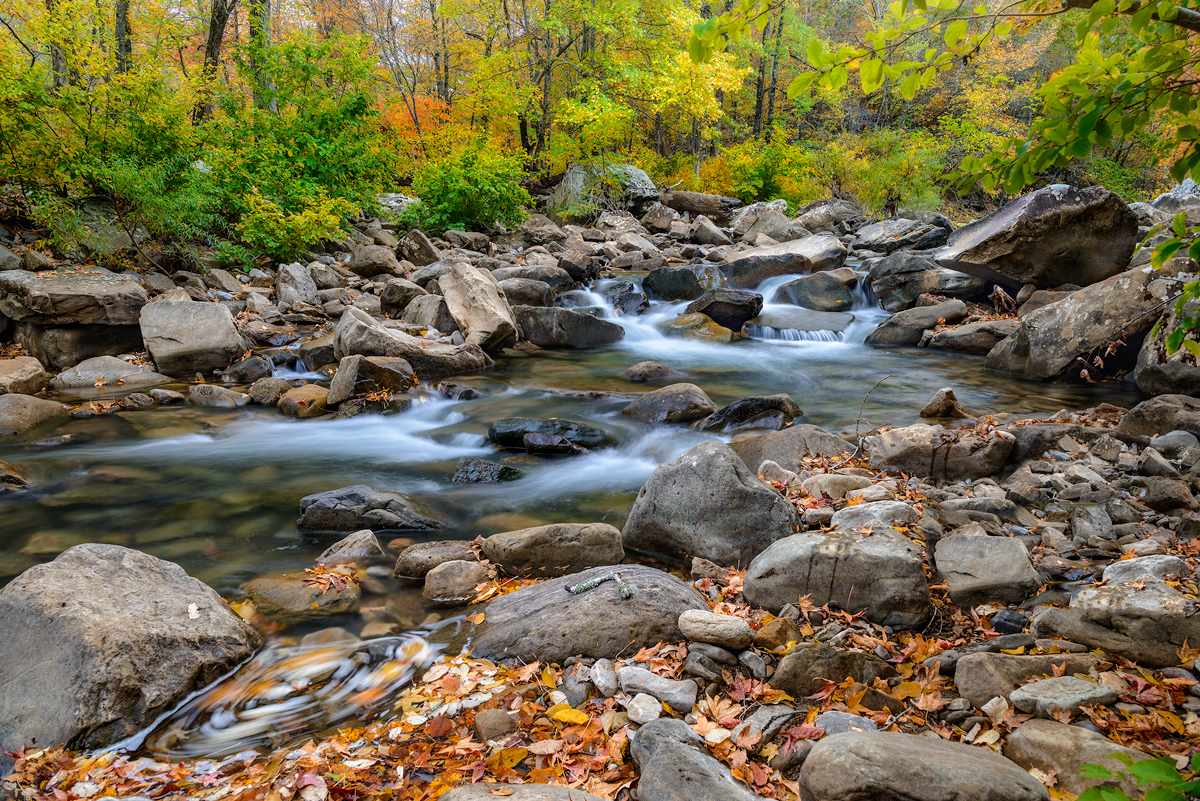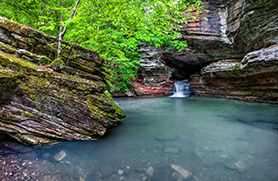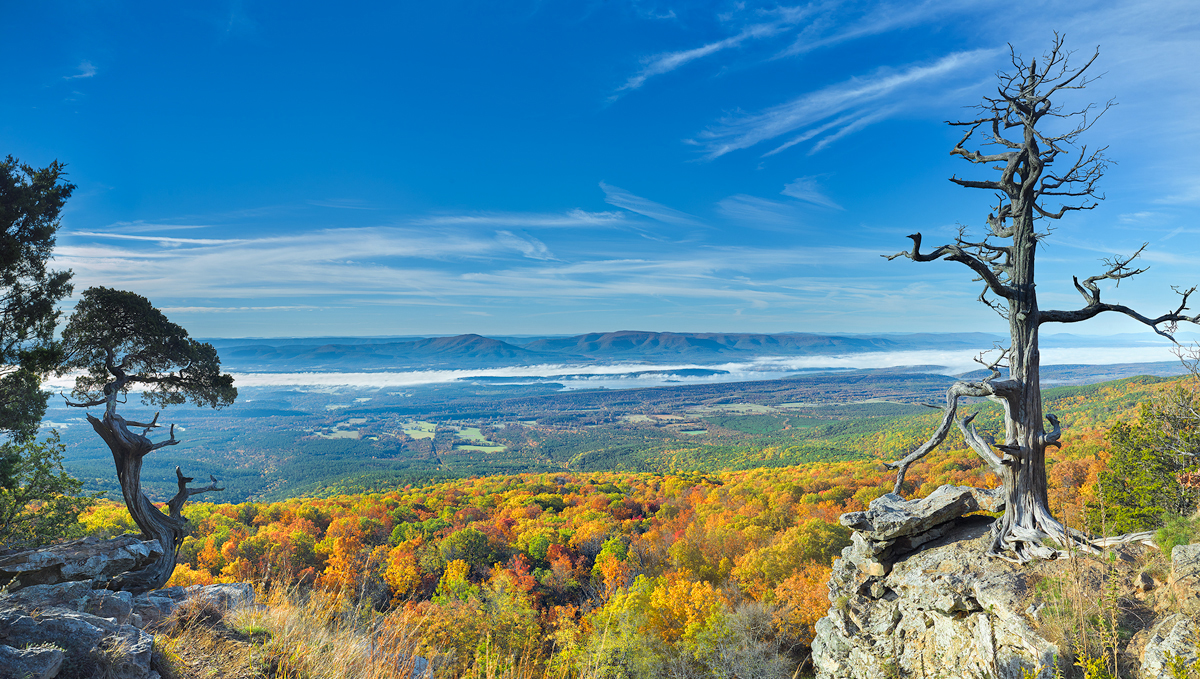I received a detailed email response from Doug Peterson at Digital Transitions. Digital Transitions is one of the largest Phase One dealers in the United States and has been very helpful in informing me about the features of the new IQ260. There are the questions I asked immediately followed by Doug’s response. Needless to say the sleeping giant has woken and hopefully these new announcements are just the start of series of new products from Phase One.
After reading your notes, I was wondering if the live view features are any easier to work with, or since it’s still CCD technology, with it work they same way as the Live works with the current 160?.
Live View is the same as the 160. No better. No worse.
The one hour exposure is amazing, and I was curious if this also had any effect on noise for higher iso work, on the 260? mainly iso 400, to 1600? Not as much in long exposures but just lower overall noise. I am sure the iso 50-200 range will still be very clean
Normal high ISO is going to be similar to the 160, with some modest improvement.
Using the “long exposure mode” for standard high ISO work at short exposures: I have no clue, and honestly hadn’t thought about it. I’ll check into this right away.
Does the 260 still have sensor plus?
Yes. Up to ISO3200 (and my guess is ISO1600 will be decent)
Will phase be offering any upgrade incentives for 160 to 260? upgrades, like they did for the P65+ to 180?
Yes. There will be a cross grade offer. Michelle can provide you details.
Wi-Fi to any iOS device, will that allow you to use live view on a iPad? to help focus?
Live View WILL be implemented for iOS wireless, but that will not be ready out-of-the-gate. Only review of captured images (immediately after capture) will be ready at the time of launch. When Live View support is added it will still be the same quality as when you use it on the LCD of the digital back; this doesn’t suddenly make it CMOS.
Any other new features that would be benifical to a tech camera user?
I think the iOS wireless and long exposure will both be huge in the tech camera market. The wireless includes tagging of geo-info like GPS coordinates automatically. Also USB will enable the use of a small laptop in the field; though I suspect many landscapers will opt to use the iOS wireless over a small laptop.
Like any platform we’re optimistic they’ll continue to revise/improve firmware and add features. I’m personally hoping Capture Pilot (the iOS wireless) will gain (at some future point) a “split screen” ability so you can compare to images head-to-head.
Is the screen the same as on the 160/180, or any improvements (I guess for outdoor viewing)
Same LCD.
To me the big movement range will be all the folks waiting on a P45+ now moving to a IQ260. Or folks like me with a 160. I am sure that a studio shooter will like the advantages of the 260 with wifi. But orders will tell on that.
We’re expecting the same. I’d look for more P45+ units to come on the market. Most of those folks previously said “you can take it from my cold dead hands – or once you have something with equally good long exposures”.
Doug was very through in his responses and I do appreciate him taking the time to get back to me. This is a very significant MFDB announcement.
Digital Transitions can offer a upgrade path for IQ160 users to the IQ260 which will allow the user to trade in their IQ160.
The IQ260 is based on a totally new chip developed by Phase and Dalsa and still is CCD technology so there basically will be no change to live view, but there are still some pretty impressive new features. Most people seem focused on the wifi additions but since I am an outdoor shooter, I am not too interested in them. However it does give the IQ260 much more modern update and increased residual value considerably. I am hoping that the new chip will allow for less noise in the shadows at base iso and into the iso 200 and 400 range.
After reading a bit more about the IQ260, I am finding that it does appeal to me, but not as much for the need of long exposures, but instead of allowing a cleaner image at the base iso of 50 to the 400 range. In my work, I find that I often will need to move up from the base iso of 50 to 200 or 400 mainly due to the conditions I am shooting in. Wind will play total havoc on a shoot and can force iso 200 and sometimes 400 to allow for a fast enough shutter speed to stop wind blown leaves. I am hoping that with the new sensor on the IQ260, the files taken at the base iso of 50 will as clean as with the the IQ160, but as you move up into the higher iso ranges, the noise will be kept at a lower amount which will help in giving a cleaner more rounded image.
The verdict on the long exposures on the IQ260 will take a while. I had not seen any of the files, but it’s apparent that if the iso is jumped up to 140 from the base of 50. This is different than the older P45+ which took the best long exposures at iso 50. In fact if you move the iso past 50 for a long exposure the noise on a image taken longer than around 15 minutes was pretty extreme. I have read a few early reports on some 1 hour images taken with a IQ260 and the beta firmware. Some are reporting very good files, but others seem to notice a bit of detail smearing. It will be interesting to see the files for myself and I hope that by mid April at the open house at Digital Transitions in Dallas a working non beta IQ260 will be available for use. I am sure hoping to be able to shoot it with a Arca rm3di.



Recent Comments